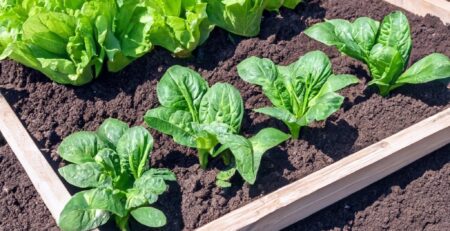Guide: African Violet Care
One of the most common and popular flowering houseplants is the African violet. Usually small, they’re ideal for apartment-dwellers or otherwise small areas in the home. They’re also available in a multitude of colors: pink, blue, purple, white, and red, as well as some double-flowering varieties. They’re generally low-maintenance, but they aren’t completely without a few picky requirements.

Potting
African violets are tolerant of all-purpose potting mix just as they love a violet-specific mixture such as Espoma African Violet Mix. Keep them in small pots and re-pot once a year to mix in some fresh soil. The new soil should be loose and well-draining. A high organic matter content is also beneficial. You should re-pot as they grow, but keeping them slightly root-bound will encourage them to bloom.
Watering
When watering, it’s crucial to water the plant from the bottom. The leaves are extremely sensitive and susceptible to rot if water is allowed to dry on them. Place your violet in a shallow dish of tepid water and let it soak for about five minutes. This should be enough time for your violet to absorb the water. Empty out any remaining water to keep the roots from becoming over-saturated.
Using cold water can chill the roots, causing the leaves to curl down as water is absorbed.
It’s highly recommended that you pot your violets in a self-watering pot, usually a ceramic pot with an insert. Pot your violet in the insert and fill the larger reservoir with water. This will help control over-watering.
Fertilizing
Fertilize your violet during the active growing season (spring and summer) every two weeks with a high-phosphorous plant food, like Bonide Liquid African Violet Food. Over-fertilizing is more of a problem than under.
Conditions
Violets prefer warm conditions. It’s important to keep them away from drafty windows in the winter. They thrive in bright, indirect light. If your violet’s leaves are thin and dark green, it isn’t getting enough light. They’ll also stop producing flowers; the plant itself will become leggy. On the contrary, if the leaves are light green or blanched, it indicates too much light exposure. Too much light can also cause brown spots, a form of necrosis (cell die-off) similar to a sunburn. In this case, the leaves will also curl down and variegated leaves will turn entirely green.
Humidity is vital to African violet success. You can increase the humidity around your violet by grouping violets together, but not so close that they’re touching to maintain air circulation. You can also place your violets in a tray of water with stones under the pot, and misting works as well as long as it isn’t done in direct sunlight.

Violets despise being waterlogged, but they also don’t like drying out completely. So how do you find a happy medium?
Easy – check the soil with your finger. If it feels dry, your plant will need watering. If it’s still slightly moist, don’t water it – that’s exactly where you want it to be.






